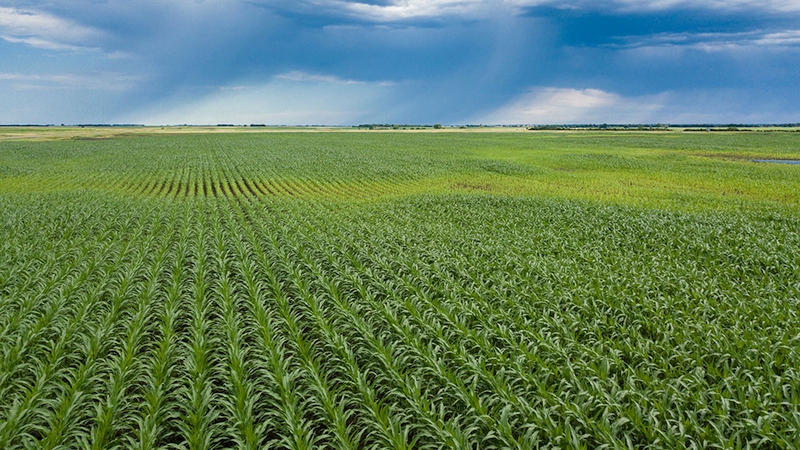Probing Phosphorus Losses From Midwestern Crop Fields
When runoff flows from farm fields into the Lake Erie Basin, phosphorus in that runoff contributes to the algal blooms that can contaminate drinking water supplies, reports Dennis O’Brien on the USDA Agricultural Research Service (ARS) Website. Surface runoff is generally considered to be the most significant source of that phosphorus. But studies by two USDA scientists show that underground tile drains — commonly used by Midwestern farmers to drain excess water from crop fields — are also major contributors of phosphorus.
Since 2008, Doug Smith, a soil scientist at the ARS Grassland, Soil and Water Research Laboratory in Temple, TX, has been monitoring phosphorus in surface runoff and tile drainage from farm fields in the St. Joseph River Watershed in northeast Indiana, which is part of the larger Lake Erie Watershed. Between 2008 and 2013, he found that 49% of dissolved phosphorus and 48% of total phosphorus in the watershed was discharged via tile drains.
From 2005 to 2012, Kevin King, an agricultural engineer at the ARS Soil Drainage Research Unit in Columbus, OH, monitored phosphorus levels in the discharge from six tile drains and the outlet of a headwater watershed in central Ohio. He found that tile drains contributed 47% of the phosphorus discharge.
Farmers in the region are generally careful to apply only as much fertilizer as needed, and King’s measurements indicated that only around 2% of that phosphorus was lost through runoff. But phosphorus concentrations in the tile drainage and the watershed discharge often exceed concentrations recommended for preventing algal blooms, the researchers say. King’s team concluded that reducing phosphorus losses will require practices that mitigate losses via tile drainage in the late fall, winter and early spring, when most of the phosphorus loading occurs.
To read the full story, visit the USDA ARS Website.






